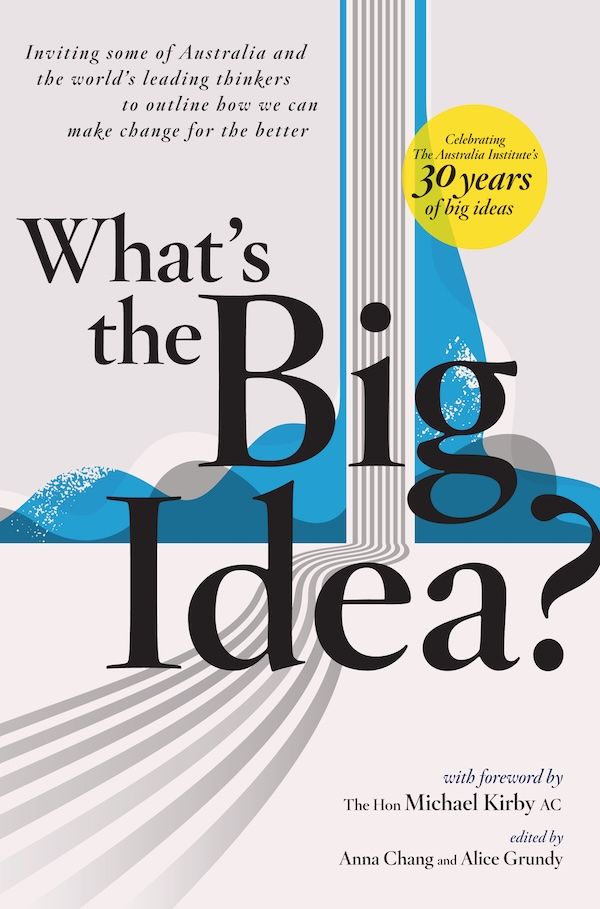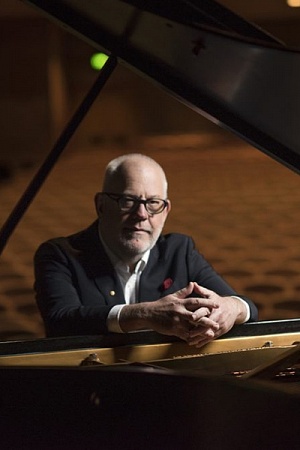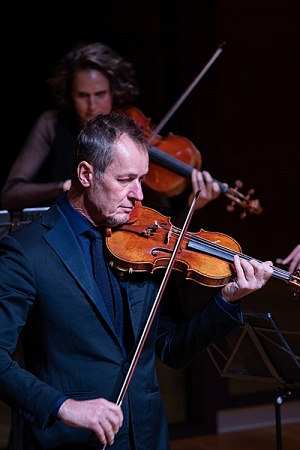Anne-Sophie Mutter in concert with the Sydney Symphony Orchestra ★★★★
This week’s subscription concerts of the Sydney Symphony Orchestra began with the Symphony No.1 in G minor by Russian composer Vasily Sergeyevich Kalinnikov; a decision by no means lacking reason or merit, yet certainly courageous. One could argue that seven decades after its last performance by the SSO in 1946, its time has come again. There is also a subtle link in the programming, since the obscure Russian composer received high praise and a recommendation for one of the few jobs in his life by his much more renowned compatriot, Pyotr Ilyich Tchaikovsky, whose famous Violin Concerto in D major, Op.35 finished the official program of the concert.
It is an intriguing dilemma whether the works of lesser-known composers (or writers, poets, and painters) are best forgotten or if it is still our duty to expose them to new audiences. Also, Tchaikovsky’s splendid concerto, presented in the same program as the symphony of his obvious epigone, offers a juxtaposition, which seems almost unfair.
The Symphony No.1 is Kalinnikov’s best-known work, written at the end of the nineteenth century in tremendous hardship, when the composer fought to eke out a paltry existence while affected with constant illness. Few composers struggled as much in their lives as he did. Recognition came late, though this work apparently is still a staple item on the concerts of Russian orchestras. It can rightly claim most stylistic features that Tchaikovsky’s symphonies are famous for: the sweeping melodies, the references to Russian folk songs, the extensive use of brass instruments within a luminous orchestration, and, above all, the solid understanding of compositorial tools, such as counterpoint, imitation, fugal structures, and the like. The problem is Kalinnikov’s often excessive exploitation of these possibilities. For example, the first movement is so overburdened with breathless syncopations (where the pulse is deliberately put on the unemphasised parts of the bar), starting on the second page of the score and finishing, with very few breaks, on the second-last, that, after a while, it simply becomes irritating. Similarly overused is the opening ‘busy signal’ of the second movement on the violins and the harp, and the incessantly rattling triangle in the coda of the last movement. In this work, the youthful enthusiasm and unquestionable talent of its composer notwithstanding, artistic fervour occasionally becomes bombastic and meritorious musical invention can sound meretricious.
Continue reading for only $10 per month. Subscribe and gain full access to Australian Book Review. Already a subscriber? Sign in. If you need assistance, feel free to contact us.















Leave a comment
If you are an ABR subscriber, you will need to sign in to post a comment.
If you have forgotten your sign in details, or if you receive an error message when trying to submit your comment, please email your comment (and the name of the article to which it relates) to ABR Comments. We will review your comment and, subject to approval, we will post it under your name.
Please note that all comments must be approved by ABR and comply with our Terms & Conditions.